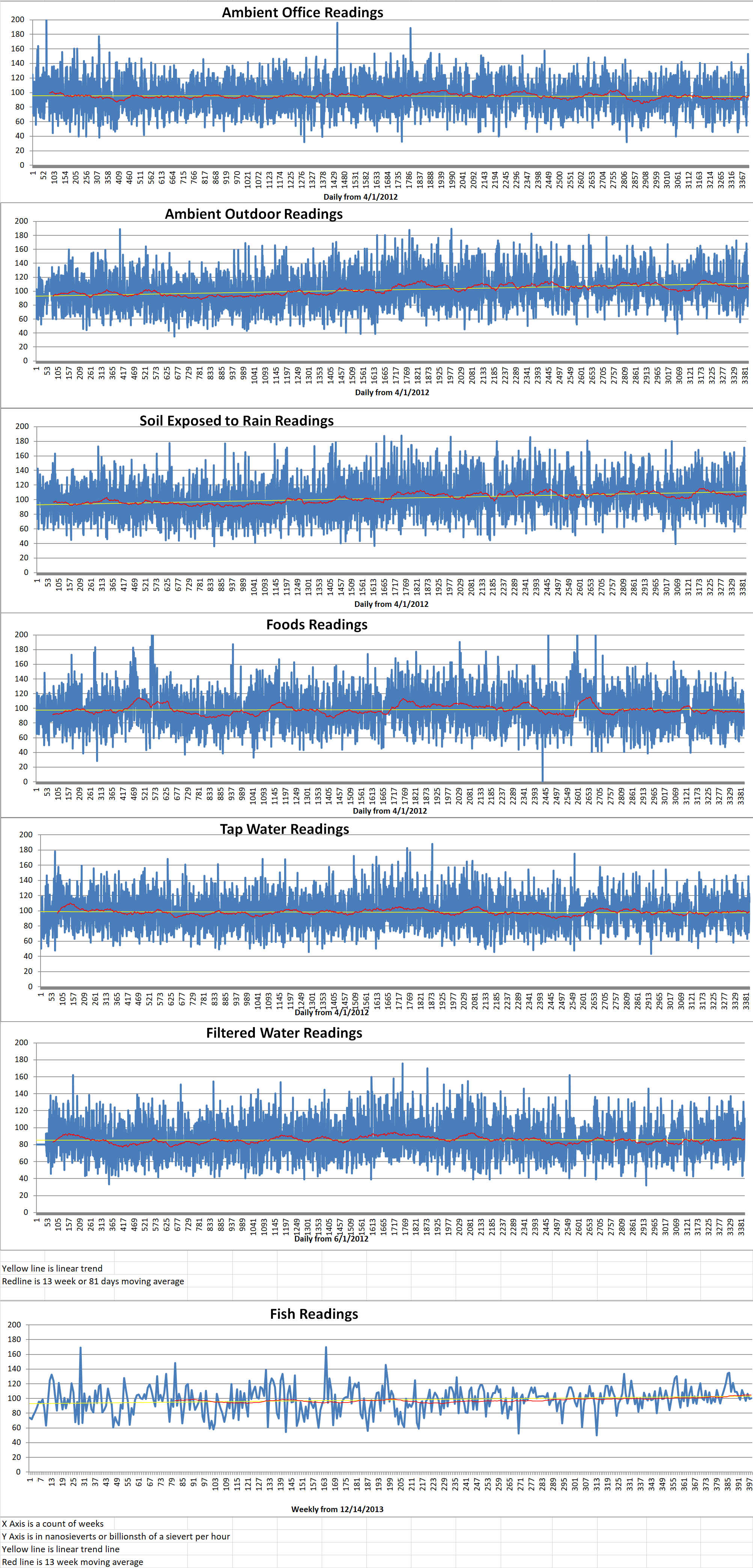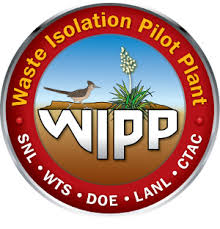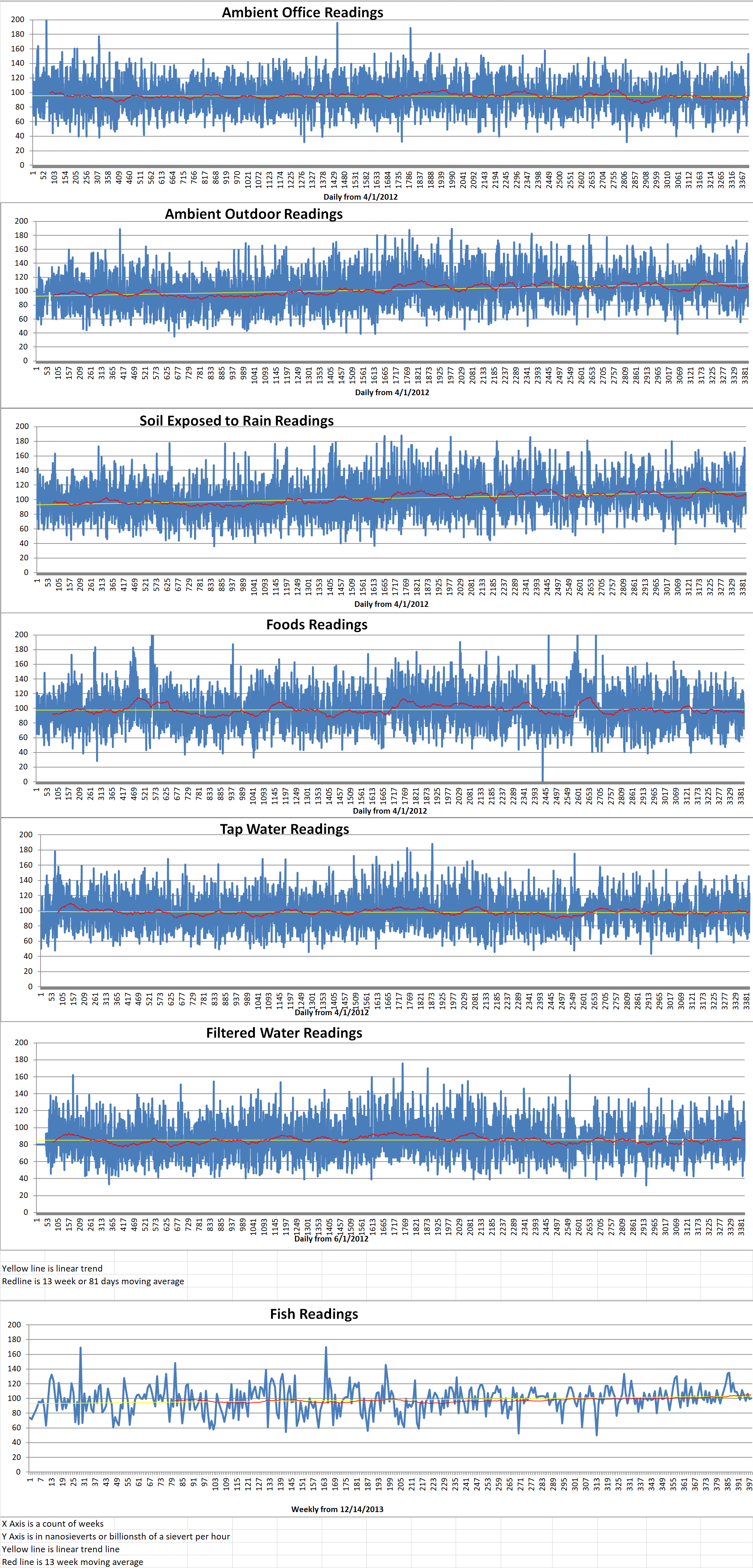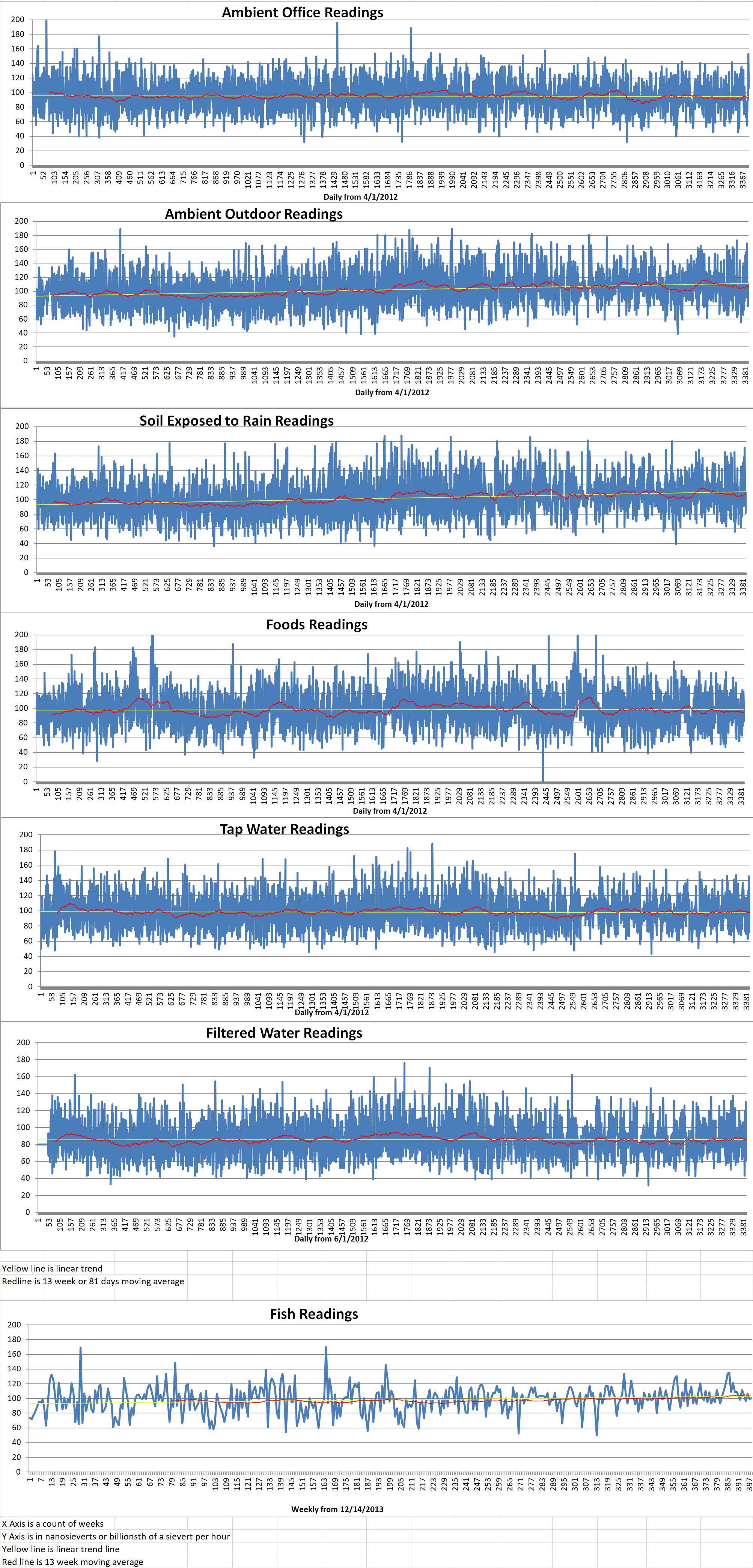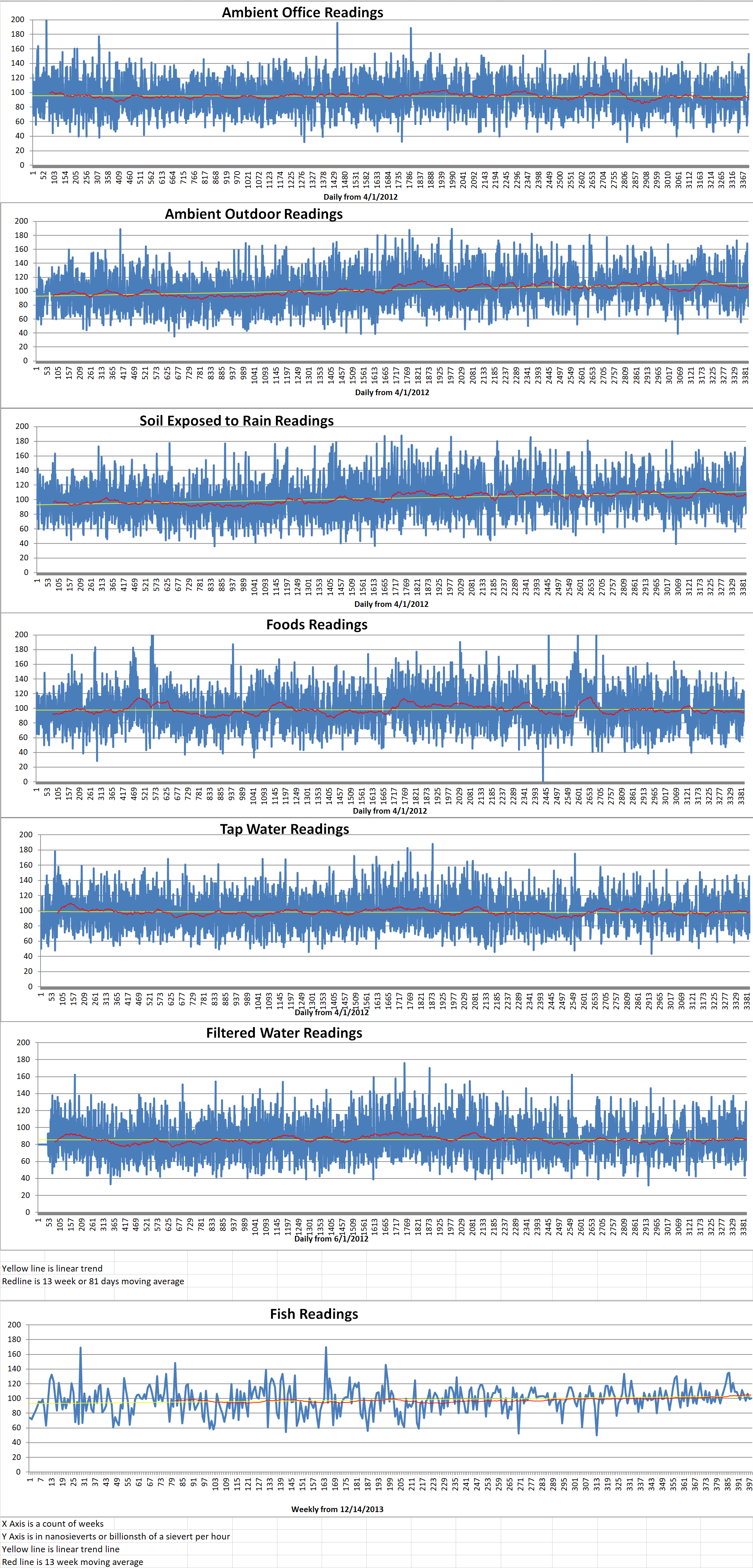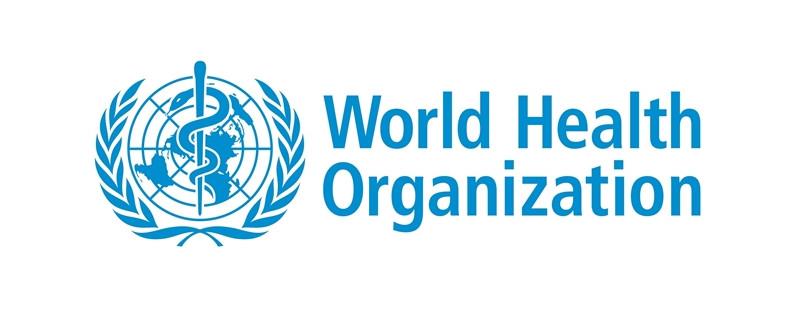Part 3 of 3 Parts (Please read Parts 1 and 2 first)
The production of tritium is not usually a goal in existing nuclear reactors, but it does occur as a side product in pressurized water reactors (PWRs) which utilize boric acid as a neutron poison in their primary cooling loop. This is done to help moderate the nuclear fission chain reaction. Boron-10 can sometimes capture a neutron and produce helium-4 and tritium. In heavy water reactors such as the CANDU, deuterium can also capture neutrons and convert into tritium.
Most of the tritium that is produced in the reactor’s primary cooling loop remains there and is eventually removed for commercial and research purposes. Because tritium is a hydrogen isotope, it also has the capability of hydrogen to escape attempts to contain it. Nuclear reactors have a problem containing the tritium inside the primary cooling loop.
Generally, the place where some tritium migrates into the secondary cooling loop is through the heat exchanger. These are devices where heat transfer efficiency is very important. This means that the walls of heat exchangers are usually made of thin nickel alloy. Although, these alloys are resistant to embrittlement by hydrogen diffusion, these heat exchangers do allow some hydrogen to pass through. This hydrogen winds up at the turbines and in the cooling water that is either released into a nearby body of water or into the atmosphere in a cooling tower.
Since HWRs and PWRs produce a significant amount of tritium in normal operation in their primary loops, this means that relatively more hydrogen including tritium will migrate into their secondary cooling loop. New alloys being developed for heat exchangers may reduce the amount of tritium in the secondary loop. More effective capture mechanisms may allow even the low amounts of tritium in the secondary loop to be removed.
All of these issues will also be of importance in the development of future fusion reactors. Many of these reactor designs utilize a deuterium-tritium fuel mixture. There are also increasing uses of hydrogen in industrial and other applications. Containing hydrogen isotopes is critical regardless of whether it is merely a waste product as it is in fission reactors, or an ingredient in an industrial process, a fuel or an energy carrier.
Many analysts feel that the most harmful part of the use of the LNT model is that it may create the illusion that a world with zero radiation is somehow possible or, at the very least, highly desirable.
The release of tritium by nuclear fission power plants and other artificial sources such as discarded tritium-based batteries and self-illuminating signs is undesirable. There needs to be more research into ways to limit its impact but that is not a significant issue. We live on a planet with radioactive materials in the soil, water and atmosphere, and the atmosphere also protects us from cosmic rays and other radiation hazards.
Research will continue into different models of the dangers of radiation exposure and time will tell whether the LNT or LDR are more accurate ways of modeling the risks of radiation exposure.

